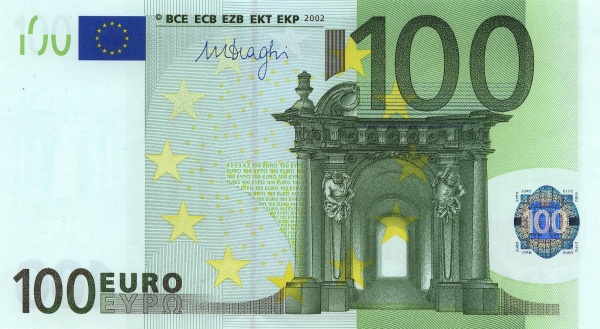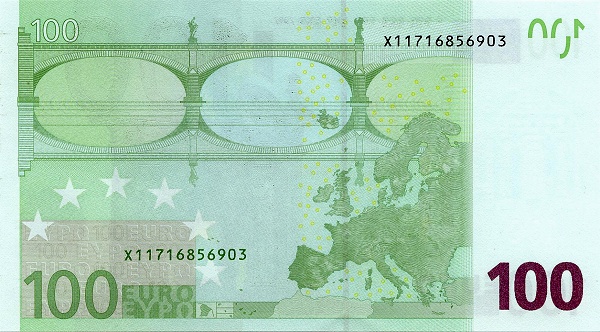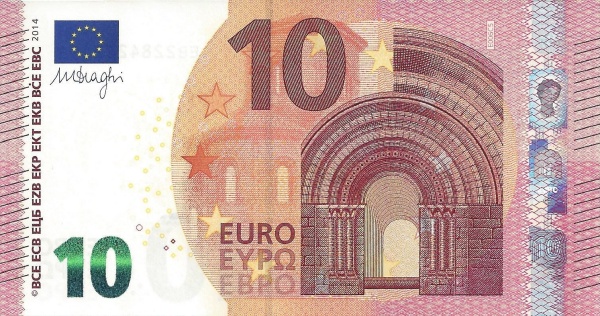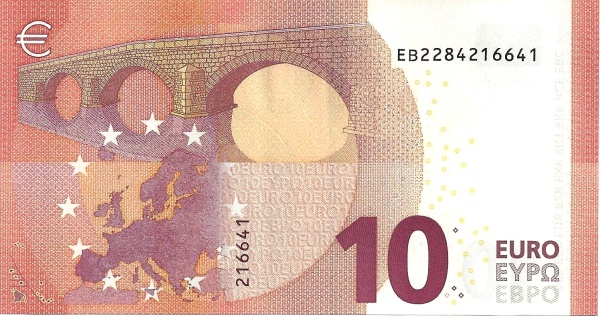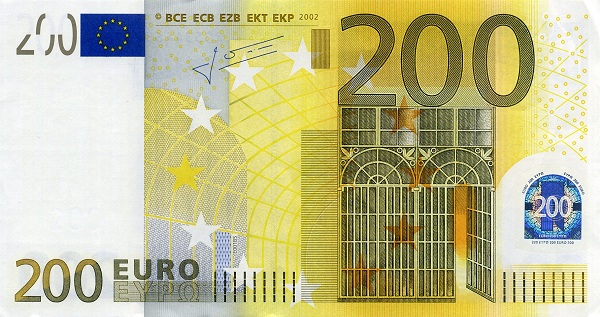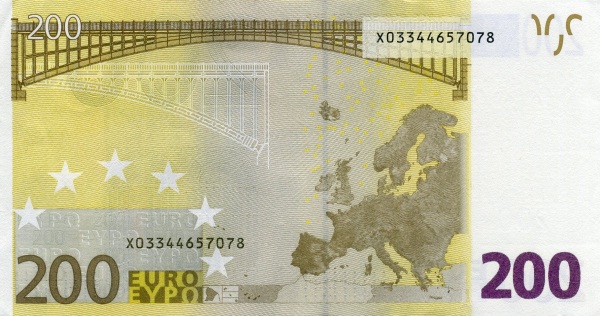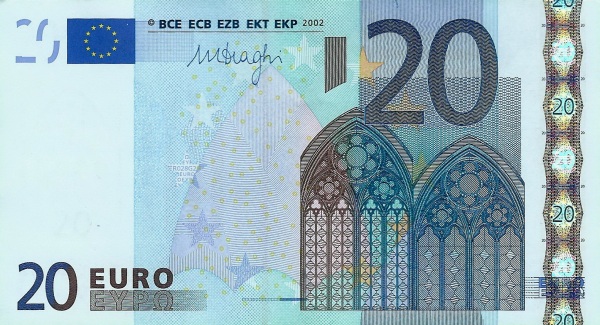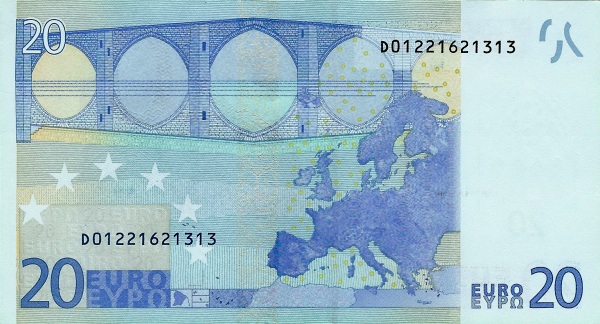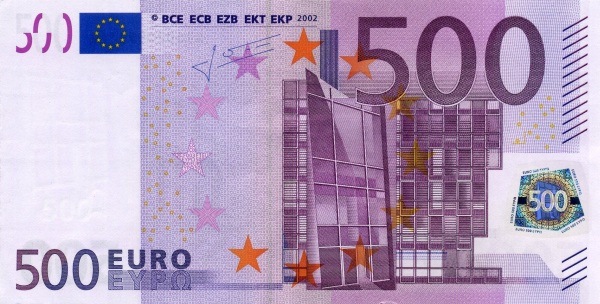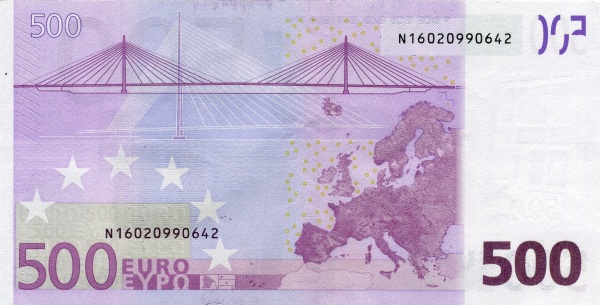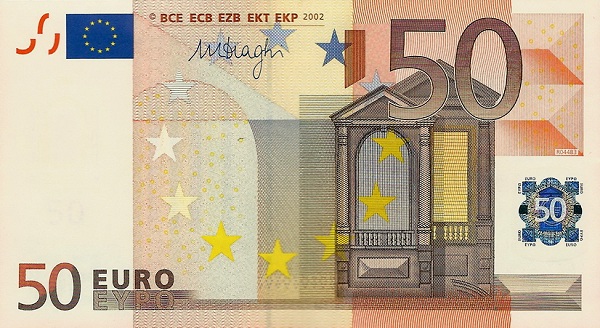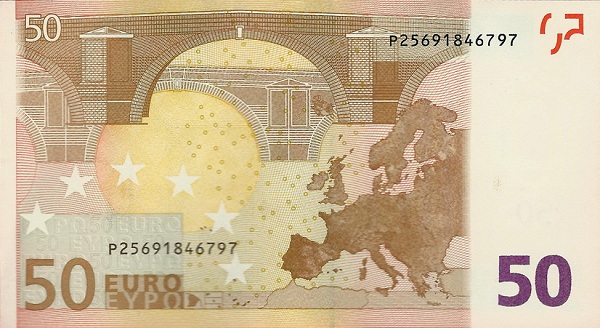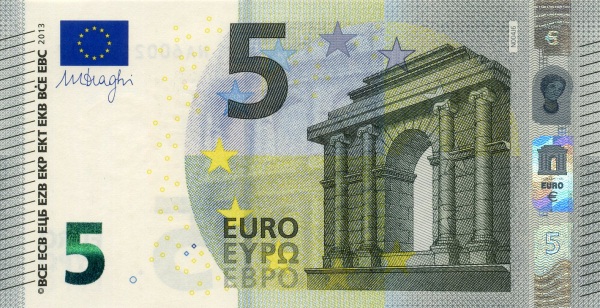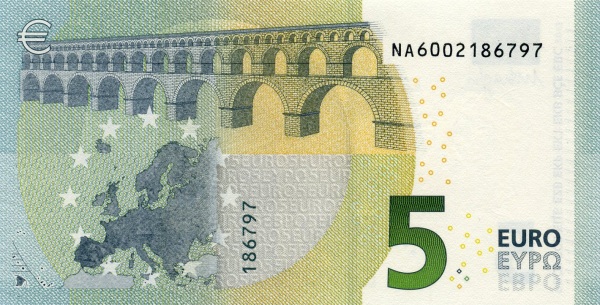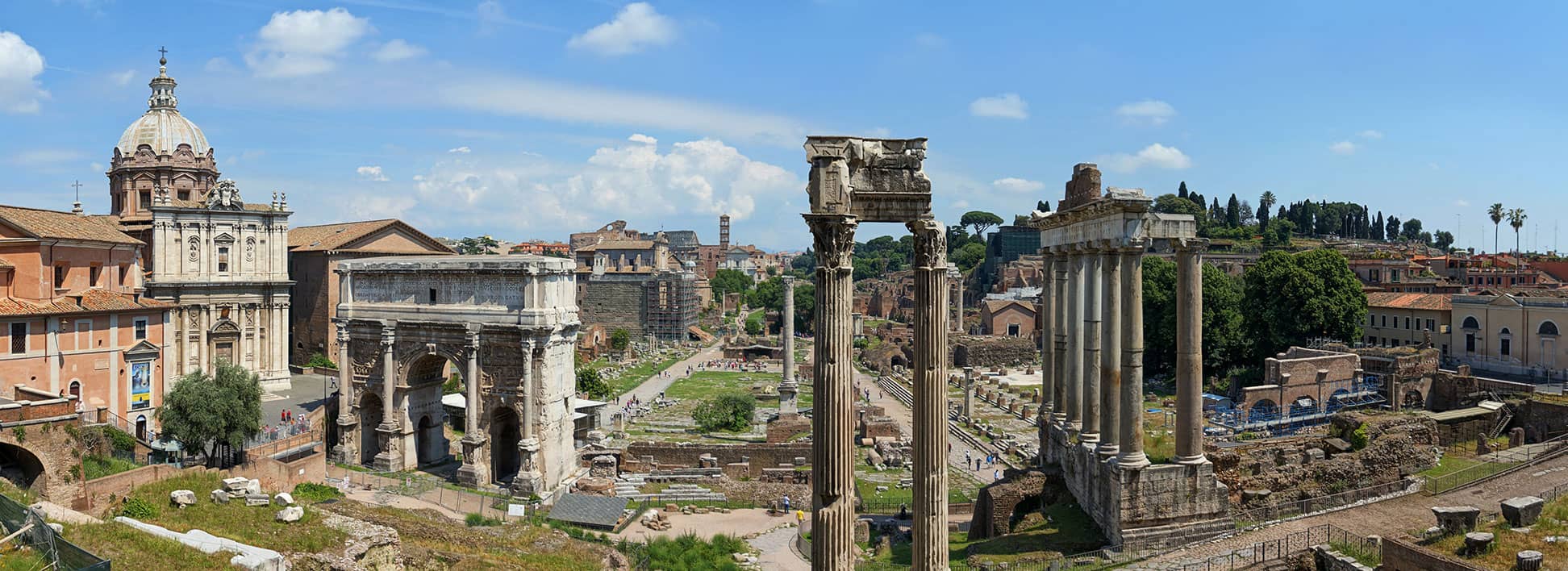Discovering Italy: A Nation of Beauty and Rich Heritage
Italy, often referred to as "Bella Italia," is a captivating destination located in southern Europe on the Apennine Peninsula. Its unique geographical shape resembles a kicking boot, making it an easily recognizable nation from any perspective, whether on a map or satellite image. Nestled in the heart of the Mediterranean, Italy is surrounded by stunning seas; the Adriatic Sea borders its eastern coast, while in the south, the Sea of Sicily invites exploration. To the southeast lies the Ionian Sea, and in west, travelers find the Ligurian Sea and Tyrrhenian Sea, all of which are integral parts of the Mediterranean region.
Geographical Marvels of Italy
The borders of Italy capture the imagination. It shares land boundaries with several countries: Austria, France, and Switzerland, among others. Furthermore, the microscopic city-state of the Holy See, home to Vatican City, and San Marino also lie within its borders. Moreover, Italy’s maritime boundaries offer access to stunning destinations such as Albania, Algeria, Croatia, Greece, Libya, Malta, Montenegro, Spain, and Tunisia, expanding its nautical charm.
Islands and Natural Wonders
Sardinia and Sicily, two of the largest islands in the Mediterranean, proudly belong to Italy. These islands offer lush landscapes and rich histories that entice millions of visitors annually. Covering approximately 301,318 square kilometers (116,340 square miles), Italy is about 80% the size of Japan and just slightly larger than the U.S. state of Arizona. Consequently, Italy seamlessly blends its compact landmass with diverse regions, from mountainous northern landscapes to stunning coastal vistas.
A Diverse Population
Italy's population, estimated at about 59 million in 2024, brings vibrancy to this enchanting country. Rome, known as "Roma" in Italian, serves as the capital and largest city. Other significant urban areas include Florence, Milan, Naples, and Venice, each replete with unique cultural offerings. Primarily, the Italian language resonates throughout the nation, reflecting its rich heritage. Additionally, Christianity dominates, with over 80% identifying as Roman Catholic and around 5% practicing Islam.
The Italian Republic: A Historical Overview
The formation of Italy as a unified nation-state occurred in 1861 when various city-states, alongside Sardinia and Sicily, united under King Victor Emmanuel. This unification marked a significant turning point in the country's history. However, the political landscape shifted dramatically in the early 1920s with the rise of Benito Mussolini, who established a Fascist dictatorship. This tumultuous period ultimately led to Italy's defeat during World War II, influenced by Mussolini’s disastrous alliance with Nazi Germany.
Post-War Transformation
After the war, Italy underwent a remarkable transformation. In 1946, the monarchy was abolished, paving the way for the establishment of a democratic republic. The period that followed saw significant economic revival and modernization. Italy emerged as a charter member of NATO and played a crucial role in the formation of the European Economic Community (EEC). Furthermore, Italy joined the European Monetary Union in 1999, affirming its commitment to European unity.
Challenges Ahead
Despite these advancements, Italy faces persistent challenges in the modern era. Illegal immigration continues to strain resources, while organized crime poses threats to society. Corruption undermines institutions, leading to high unemployment rates. Additionally, disparities between the economically prosperous north and the underdeveloped southern regions highlight ongoing issues related to income levels and technical standards.
Political Landscape of Italy
Italy operates as a parliamentary republic, a status it has maintained since the monarchy's end in June 1946. Its parliamentary system consists of a bicameral legislature, which includes the Senate of the Republic (Senato della Repubblica) and the House of Representatives (Camera dei Deputati). The executive branch, headed by the Prime Minister, exercises power through the Council of Ministers, while the President serves as the Head of State.
The Current Government
As of now, Italy is governed by a center-right coalition led by Giorgia Meloni, who took office as Prime Minister in 2022. Her political party, Brothers of Italy (Fratelli d'Italia), forms part of this coalition alongside other right-wing parties, including the League (Lega) and Forza Italia. This political framework reflects Italy's evolving landscape and offers a glimpse into its future direction.
Italy: A Cultural Tapestry
Amidst the challenges and transformations, Italy’s vibrant culture persists. The arts thrive, from Renaissance masterpieces to contemporary expressions. Notably, Italy is home to numerous UNESCO World Heritage Sites, attracting tourists keen to explore its historic treasures. Italian cuisine, renowned worldwide, celebrates fresh ingredients and time-honored traditions, further enhancing Italy's global appeal.
Conclusion: Italy’s Enduring Allure
In summary, Italy's rich history, diverse population, and breathtaking landscapes contribute to its position as one of the most intriguing countries in Europe. Whether you’re wandering through ancient cities, savoring celebrated culinary delights, or soaking in the stunning coastal scenery, Italy promises unforgettable experiences. As the country continues to navigate modern challenges, one thing remains certain: its timeless beauty and cultural significance will captivate generations to come.
Largest cities of: Italy
| City Name | Population | Year of foundation | |
| Rome | 2,873,000 | 753 B | |
| Milan | 1,366,000 | circa 600 B | |
| Naples | 960,000 | 474 B | |
| Turin | 870,000 | 27 B | |
| Palermo | 670,000 | 831 | |
| Genoa | 580,000 | circa 1000 | |
| Bologna | 390,000 | 1088 | |
| Florence | 380,000 | 59 BC |
Italy: Money
